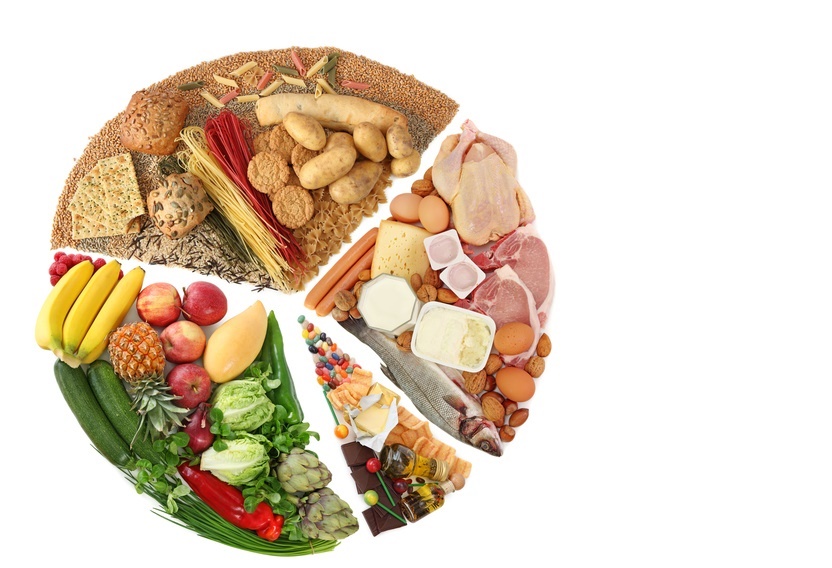CSP Insights
Your go-to source for the latest in news and information.
Eat Colors, Not Calories: The Secret to a Happy Plate
Discover the vibrant secret to joyful eating! Transform your meals with colorful, nutrient-rich foods and embrace a happier, healthier lifestyle.
10 Vibrant Foods to Add Color to Your Plate
Incorporating a variety of vibrant foods into your meals not only makes your plate visually appealing but also enhances your overall health. Foods rich in color are often abundant in essential nutrients, vitamins, and antioxidants that can contribute to better health. Here are 10 vibrant foods to add color to your plate:
- Red Bell Peppers - Packed with vitamin C, these sweet peppers can brighten any dish.
- Spinach - A nutrient powerhouse, spinach adds a luscious green color along with iron and calcium.
- Blueberries - These tiny fruits pack a big antioxidant punch and are perfect in desserts or over yogurt.
- Carrots - Rich in beta-carotene, carrots add a sweet crunch to salads and stews.
- Beets - Their deep red hue is not just beautiful; beets are also great for cardiovascular health.
Continuing the exploration of colorful choices, consider the following options to further enhance your meals:
- Oranges - A great source of vitamin C, their zesty flavor brightens up both sweet and savory dishes.
- Eggplant - With its rich purple skin, eggplant adds sophistication to stir-fries and ratatouille.
- Sweet Potatoes - Their vibrant orange color and sweetness make them a fall favorite and a healthy carb alternative.
- Radishes - These crunchy, peppery veggies bring a burst of color and flavor to salads.
- Kiwi - The bright green flesh of kiwi is not only eye-catching but also packed with vitamin C.

How Eating a Rainbow Can Boost Your Mood and Health
Incorporating a variety of colorful fruits and vegetables into your diet is often referred to as eating a rainbow. Each color represents different nutrients and antioxidants that play a vital role in both physical health and emotional well-being. For instance, red foods like tomatoes and strawberries are rich in lycopene, known for its heart-healthy properties, while orange and yellow fruits and vegetables, such as carrots and oranges, provide a boost of vitamin C that can enhance your immune system and brighten your mood.
Furthermore, the benefits of eating a rainbow extend beyond just vitamins and minerals. Several studies have shown that a diet rich in colorful produce can help reduce stress and anxiety levels. Green leafy vegetables, such as spinach and kale, are particularly beneficial due to their high levels of folate, which has been linked to increased serotonin production, thus contributing to a more positive mood. By making a conscious effort to fill your plate with an array of colors, you not only nourish your body but also uplift your spirit.
The Science Behind Colorful Eating: Why Variety Matters
The Science Behind Colorful Eating emphasizes the importance of consuming a variety of fruits and vegetables to enhance overall health. Each color in fruits and vegetables represents different nutrients and health benefits, contributing to a well-rounded diet. For instance, red foods like tomatoes and strawberries are packed with antioxidants such as lycopene and vitamin C, while green vegetables like spinach and kale are rich in vitamins A and K, as well as iron. By incorporating a spectrum of colors on your plate, you not only make your meals more visually appealing but also maximize the intake of essential vitamins, minerals, and phytonutrients that support bodily functions and boost the immune system.
Moreover, eating a variety of colorful foods can help prevent nutritional deficiencies and chronic diseases. Research shows that diets rich in diverse colors are linked to lower risks of conditions such as heart disease, diabetes, and certain cancers. A suggested approach is to aim for at least five different colors per meal, making eating a fun challenge that encourages greater consumption of fruits and vegetables. Remember to think outside the box—experiment with exotic colors like deep purple eggplant or bright orange bell peppers. This culinary adventure not only adds excitement to your meals but also plays a significant role in enhancing your well-being.